Growing vegetables indoors is a great way to have fresh produce all year round. While there are many challenges to growing indoors, such as lack of sunlight and high humidity, it is possible to overcome these challenges with the use of grow lights. Grow lights come in a variety of shapes and sizes, and can be used to grow a variety of vegetables. This guide will provide an in-depth look at how to select and use grow lights to successfully grow vegetables indoors.
Growing Vegetables Indoors
While you may not be able to grow as much indoors as you could outdoors, you can still grow a good amount of food indoors with the right setup. Growing vegetables indoors can be a great way to get fresh produce all year round, even in winter.
You will also need to make sure that your grow lights are the right type and intensity for the plants you want to grow. To grow vegetables indoors, you will need grow lights, pots or containers, soil, and seeds or seedlings.
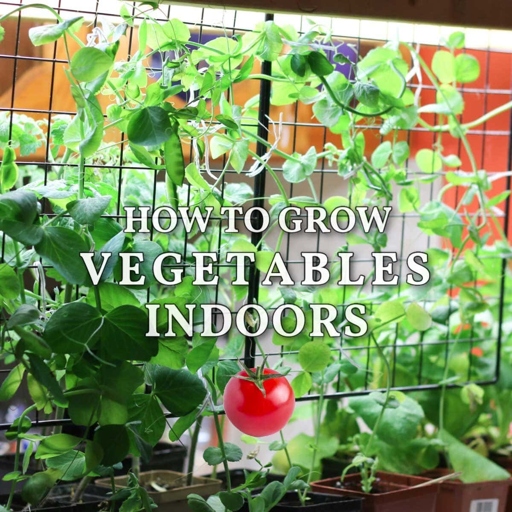
These plants do not need a lot of light or space to grow, so they are a good option for beginner indoor gardeners. Vegetables that are easy to grow indoors include lettuce, tomatoes, peppers, and herbs.
With a little bit of planning and effort, you can have a thriving indoor vegetable garden that provides you with fresh produce all year long.
Best Vegetables for Growing Indoors
Not all vegetables are well suited for indoor growing, so it’s important to select varieties that will thrive in your indoor garden. If you’re looking to get started with growing vegetables indoors, you’ll need to choose the right plants.
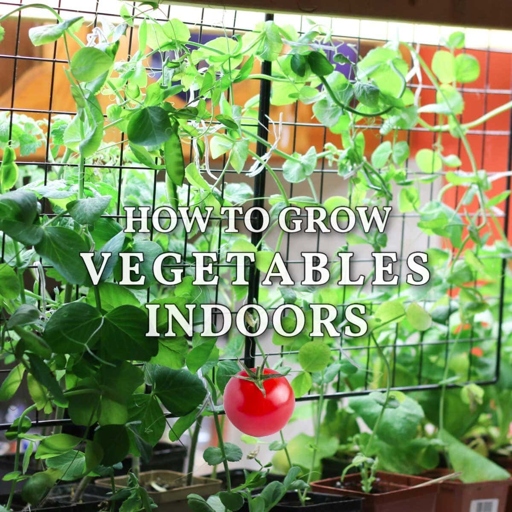
Some of the best vegetables for growing indoors include tomatoes, peppers, herbs, and leafy greens. These plants are all relatively easy to care for and can be grown in a small space.
With a little bit of effort, you can enjoy fresh, homegrown vegetables all year long – no matter what the weather is like outside.
Importance of Lighting
Lighting is one of the most important factors in growing vegetables indoors. The right type of lighting can help your plants grow faster and produce more fruit or vegetables.
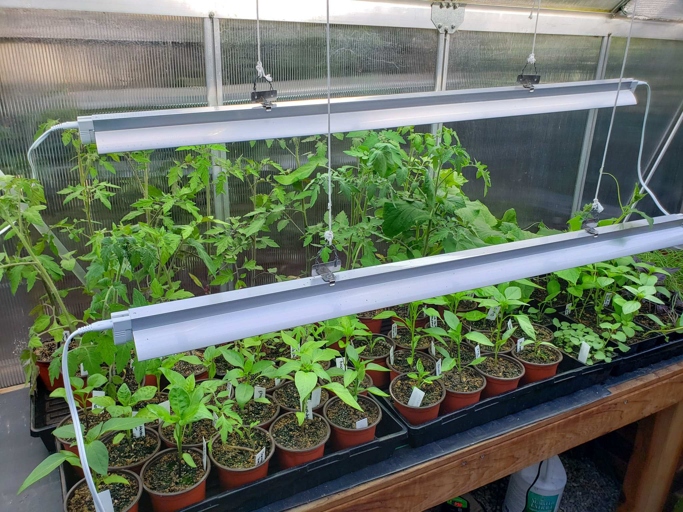
Grow lights come in different shapes, sizes, and colors. The most common type of grow light is the fluorescent light. Fluorescent lights are available in different colors, including cool white, warm white, and full-spectrum.
LED grow lights are becoming more popular because they use less energy and produce less heat than other types of grow lights.
You can also use natural light from a window, but you will need to supplement it with artificial light if you want your plants to grow well.
Types of Lighting for Plants
There are a few different types of lighting that can be used for plants, and each has its own benefits.

LED lights are becoming increasingly popular for growing plants indoors. They are also available in a variety of colors, which can be helpful in providing the right light spectrum for different plants. They are very energy efficient and emit very little heat, which can be beneficial for plants that are sensitive to heat.
They are available in both cool and warm white colors, which can be helpful in providing the right light spectrum for different plants. They are also energy efficient and emit very little heat. Fluorescent lights are another popular option for growing plants indoors.
This can be beneficial for plants that need a lot of light, but it can also be a problem for plants that are sensitive to heat. High-pressure sodium lights are another option for growing plants indoors. They are very efficient at providing light for plants, but they can emit a lot of heat.
HPS (High-Pressure Sodium)
HPS lights are also very inexpensive, making them a great option for those on a budget. These lights are very efficient and can produce a lot of light. HPS (High-Pressure Sodium) lights are a type of grow light that is often used for indoor gardening.
Fluorescent
They are relatively inexpensive, easy to find, and emit very little heat, making them ideal for growing delicate plants. Fluorescent grow lights are one of the most popular types of grow lights for indoor gardening.
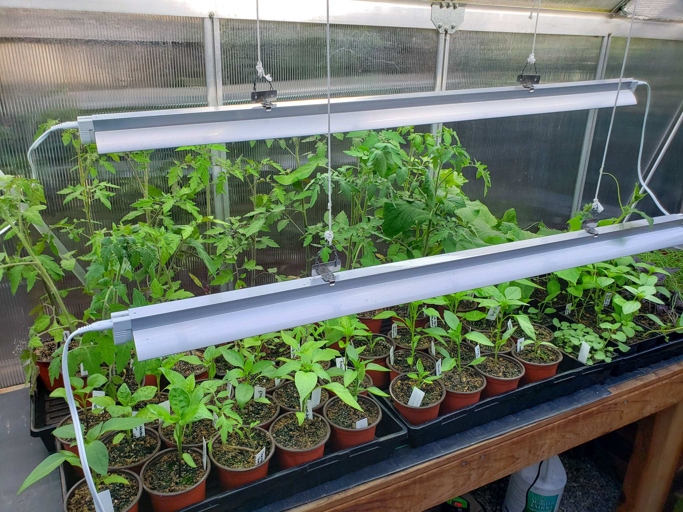
T5s are slightly more expensive than CFLs, but they are also more energy-efficient and emit a brighter, more intense light. Fluorescent grow lights come in two main varieties: compact fluorescent (CFL) and linear fluorescent (T5). CFLs are the most common type of fluorescent grow light, and they come in a wide range of sizes and wattages.
When choosing a fluorescent grow light, it is important to select one that emits the right spectrum of light for the plants you are trying to grow. For example, plants that require a lot of light for photosynthesis, such as tomatoes and peppers, will need a light with a higher proportion of blue light. On the other hand, plants that need less light, such as lettuce and herbs, can do well under a light with a higher proportion of red light.
Fluorescent lights are not as intense as other types of grow lights, such as LEDs, so they need to be positioned closer to the plants in order to be effective. No matter what type of fluorescent grow light you choose, it is important to position it close to the plants you are trying to grow.
HQI (metallic vapor)
If you’re looking for a high-quality grow light to help you grow healthy vegetables indoors, you may want to consider an HQI (metallic vapor) grow light. HQI grow lights are some of the most powerful and efficient grow lights on the market, and they can help you achieve excellent results with your indoor gardening.
Here are a few things to keep in mind if you’re considering an HQI grow light for your indoor garden:
HQI grow lights are very powerful, so you’ll need to be careful not to overdo it with your plants. Start with a lower light intensity and increase it gradually as your plants adjust. 1.
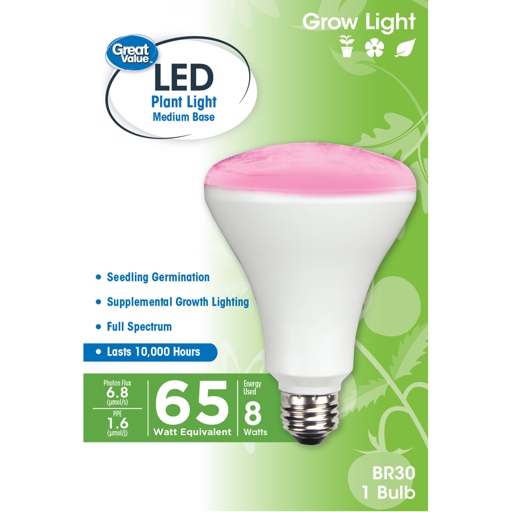
HQI grow lights can get very hot, so make sure to keep them away from any flammable materials. 2.
3. These grow lights are also quite expensive, so be sure to do your research and find a reputable supplier before making your purchase.
If you’re looking for a high-quality, efficient grow light, an HQI grow light is a great option to consider. With proper care and attention, an HQI grow light can help you achieve amazing results with your indoor gardening.
LEDs (Light Emitting Diodes)
LEDs, or light emitting diodes, are a type of grow light that is becoming increasingly popular for indoor gardening. LEDs are available in a variety of colors, and each color of LED light has a different effect on plants. LEDs are more energy-efficient than traditional grow lights, and they also emit very little heat, making them ideal for use in small spaces. For example, blue LED light promotes vegetative growth, while red LED light promotes flowering and fruiting.
Second, LEDs are more expensive than other types of grow lights, so you will need to factor that into your budget. If you are interested in using LEDs to grow vegetables indoors, there are a few things to keep in mind. If you are growing plants that require UV light, you will need to supplement your LED grow light with another source of UV light, such as a fluorescent grow light. First, LEDs do not provide UV light, which is necessary for some plants to produce fruits and vegetables.
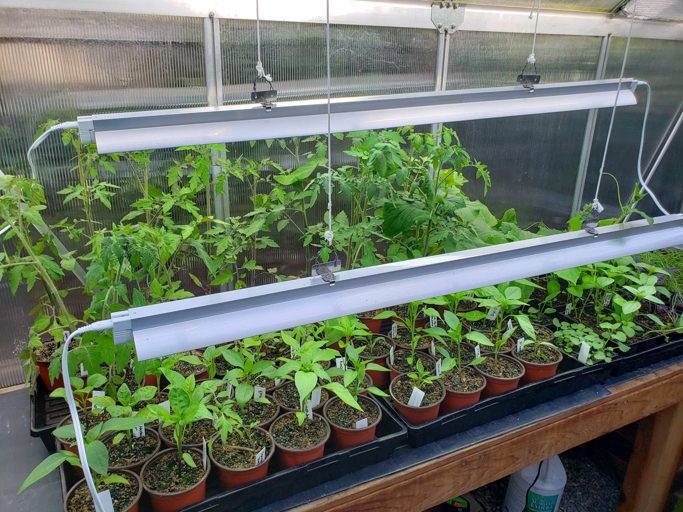
Overall, LEDs are a great option for growing vegetables indoors. If you are willing to invest the upfront cost, LEDs can provide your plants with the light they need to thrive. They are energy-efficient, emit little heat, and are available in a variety of colors.
Advantages and disadvantages
There are both advantages and disadvantages to growing vegetables indoors with grow lights. Another advantage is that you have more control over the growing environment when you grow indoors, which can result in healthier plants. One advantage is that you can grow vegetables indoors year-round, regardless of the weather outside.
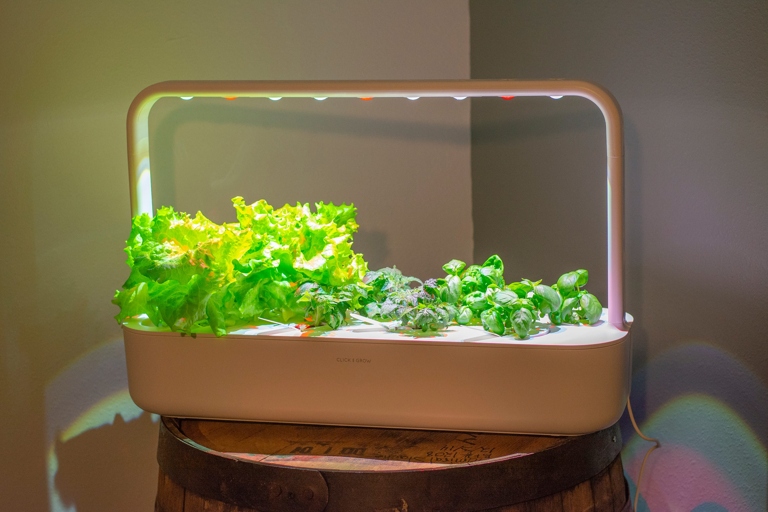
However, there are also some disadvantages to growing vegetables indoors with grow lights. One disadvantage is that it can be more expensive to set up and maintain an indoor growing environment than to grow outdoors. Another disadvantage is that you may not get as much produce from your plants when you grow them indoors.
Vegetables with LED or HPS?
If you’re growing vegetables indoors, you’ll need to choose between LED and HPS grow lights. Both have their pros and cons, so it’s important to choose the right one for your needs.
They also have a longer lifespan than HPS lights. LED grow lights are more energy-efficient than HPS lights, and they emit very little heat. This makes them ideal for small spaces, like closets or shelves.
This means you’ll need to use more of them to get the same amount of light as an HPS light. However, LED lights are more expensive than HPS lights, and they don’t produce as much light.

HPS grow lights are less expensive than LED lights, and they produce a lot of light. This makes them ideal for large spaces, like garages or basements. However, HPS lights emit a lot of heat, so they’re not ideal for small spaces. They also have a shorter lifespan than LED lights.
Space Efficiency
If you’re short on space, you can still enjoy fresh, homegrown vegetables by growing them indoors under grow lights. By using grow lights, you can control the amount of light and heat that your plants receive, which means you can grow plants in a smaller space than you would need if you were growing them outdoors.
Once you have your supplies, you can start growing your own space-efficient indoor vegetable garden. To get started, you’ll need to purchase a grow light system and some plants.
Here are a few tips to help you get started:
There are a variety of grow light systems available on the market, so it’s important to choose one that will work well for your space and your plants. 1. Choose the right grow light system for your needs.
Place your grow light system in a location that gets plenty of sunlight. This will ensure that your plants get the light they need to grow. 2.

Be sure to water your plants regularly. 3. Indoor plants can dry out quickly, so it’s important to keep them hydrated.
4. fertilize your plants as needed. This will help them to grow strong and healthy.
Harvest your vegetables when they’re ripe. Enjoy the fruits (or vegetables) of your labor! 5.
Lifetime
However, it can be tricky to get the right amount of light for your plants. Growing vegetables indoors can be a great way to get fresh produce all year round.
They provide the right amount of light for your plants, and they can be adjusted to fit your needs. Grow lights are a great option for growing vegetables indoors.
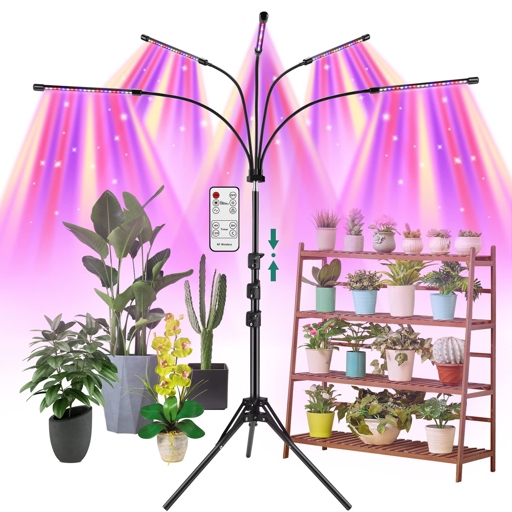
Second, be sure to turn the lights off at night so that the plants can rest. There are a few things to keep in mind when using grow lights. First, make sure that the light is not too close to the plants.
If you are on a budget, consider using LED grow lights, which are more energy-efficient. Finally, remember that grow lights can be expensive to run.
Just be sure to give your plants the right amount of light, and they will thrive. With a little bit of planning, you can easily grow vegetables indoors all year round.
Light Spectrum
The human eye can only see a small portion of the light spectrum, which we call visible light. The sun emits all wavelengths of light, including ultraviolet (UV) and infrared (IR) light, but we can only see the visible light. Light spectrum is the distribution of light energy emitted by a light source.
Plants use light for photosynthesis, which is how they convert light energy into chemical energy that they can use to grow and thrive. Each type of plant has different light requirements, but all plants need some amount of blue and red light for photosynthesis.

The type of grow light you choose will depend on your specific needs. There are many different types of grow lights available, each with its own advantages and disadvantages. Grow lights are designed to provide the specific light spectrum that plants need for photosynthesis.
LED grow lights are a popular choice for indoor gardening because they are energy-efficient and emit very little heat. HPS grow lights are another popular choice because they emit a lot of light, but they are also very hot and use a lot of electricity.
With the right grow light, you can provide your plants with the light they need to grow and thrive. If you are growing plants indoors, it is important to choose a grow light that will provide the right light spectrum for your plants.
Energy Use Efficiency
It is usually expressed as a percentage. Energy use efficiency (EUE) is a measure of how much useful energy is derived from a fuel source compared to the amount of energy used to extract, process and deliver the fuel.

EUE is important because it is a measure of the sustainability of a fuel source. The higher the EUE, the more sustainable the fuel source.
One way is to use more efficient extraction and processing methods. There are a number of ways to improve the EUE of a fuel source. Another way is to use more efficient delivery methods.
The EUE of a fuel source can also be improved by using it more efficiently. This can be done by using less energy to produce the same amount of useful energy, or by using the same amount of energy to produce more useful energy.
It is also important for reducing the cost of energy. Improving the EUE of a fuel source is important for reducing the environmental impact of energy use.
LED and HPS performance
LED and HPS are the two most popular types of grow lights on the market. But which one is better for growing vegetables indoors?
This makes them ideal for growing vegetables indoors, as they won’t dry out the air or raise the temperature in the grow room. LED grow lights are more energy-efficient than HPS grow lights, and they emit very little heat.
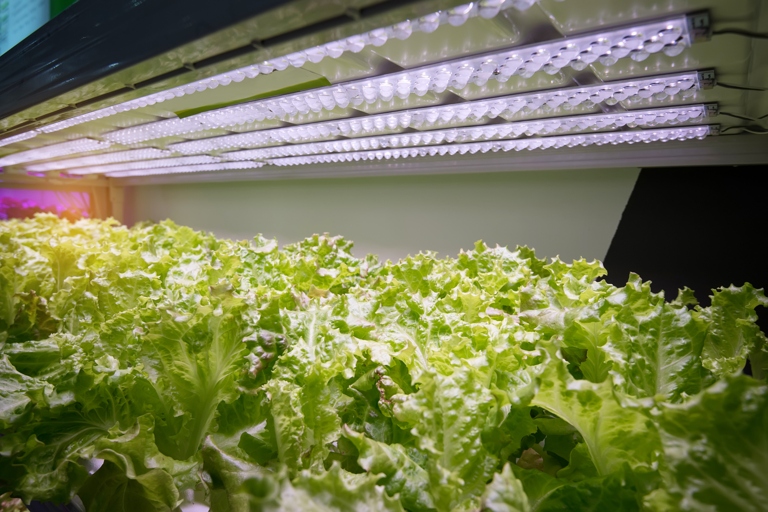
This makes them less ideal for growing vegetables indoors, as they can dry out the air and raise the temperature in the grow room. HPS grow lights are more powerful than LED grow lights, and they produce more heat.
So, if you’re looking for the best grow light for growing vegetables indoors, LED is the way to go.
What kind of light do I need?
Natural light is best, but if you don’t have enough of it, you’ll need to use grow lights. When growing vegetables indoors, the type of light you use is important.
LED lights are more expensive, but they’re more energy-efficient and last longer. There are two main types of grow lights: fluorescent and LED. Fluorescent lights are cheaper and easier to find, but they don’t last as long as LED lights.
The amount of light your plants need will depend on the type of plants you’re growing and the stage of growth they’re in. If you’re using grow lights, you’ll need to position them so that they’re about 6-12 inches away from the plants.
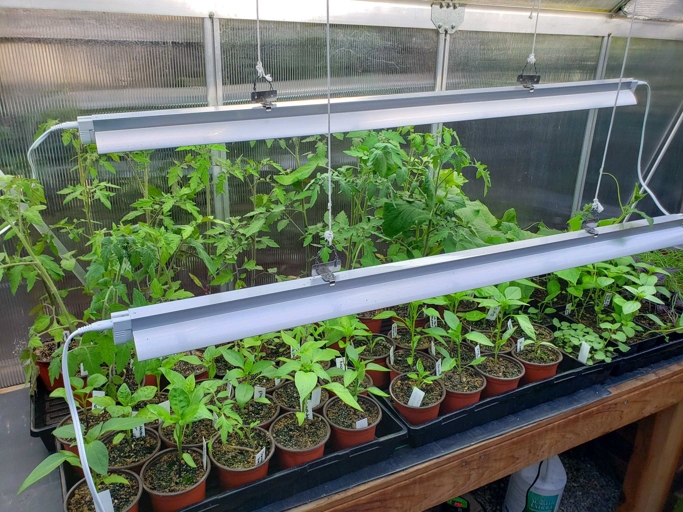
If you’re not sure what type of light to get, ask at your local garden center. They can help you find the right light for your plants.
The right intensity
Too much light can cause plants to become etiolated, or stretchy, and too little light can prevent plants from flowering and fruiting. For example, leafy greens like lettuce need about 16 hours of light per day, while fruiting plants like tomatoes need about 12 hours. The amount of light needed depends on the type of plant being grown. The right intensity of light is critical when growing vegetables indoors with grow lights.
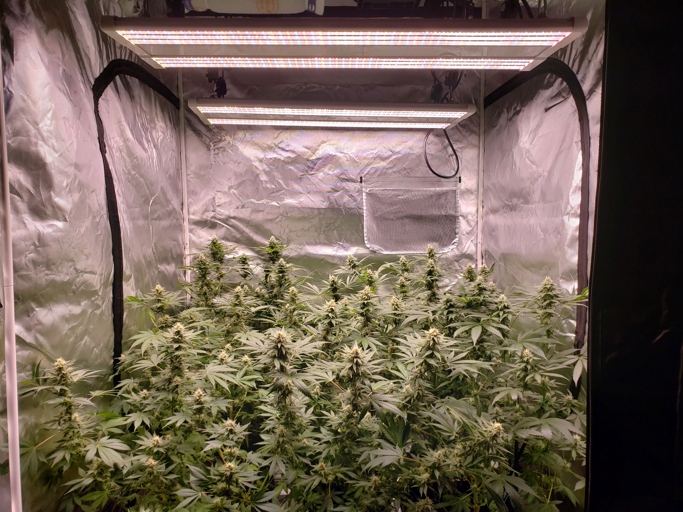
Fluorescent grow lights are a good option for leafy greens, while high-intensity discharge (HID) lights are better for fruiting plants. To get the right intensity of light, it is important to use the correct type of grow light. The distance of the grow light from the plants also affects the intensity of light. In general, grow lights should be about 18 inches away from the plants.
By following these tips, you can ensure that your plants get the right intensity of light, whether you are growing leafy greens or fruiting plants.
Proper Duration of Grow Lights
But how long should you leave your grow lights on? Grow lights are an essential part of indoor gardening, providing the necessary light for plants to grow.
There are a few factors to consider when determining the proper duration of grow lights, including the type of plants you are growing and the stage of growth they are in.
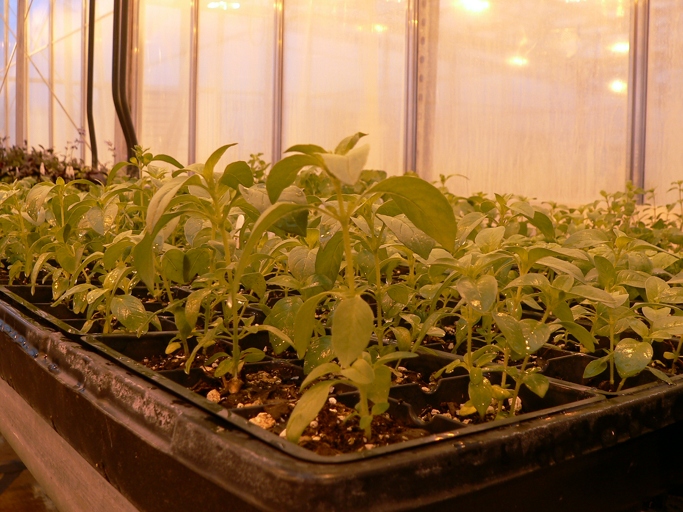
For most plants, 12-16 hours of light per day is sufficient. However, some plants may need more or less light depending on their specific needs.
If you are unsure how long to leave your grow lights on, it is best to consult with a gardening expert or the manufacturer of your grow lights.
Lighting calculations
Lighting is one of the most important aspects of indoor gardening, and it is important to get it right. The amount of light that your plants need will depend on the type of plant, the stage of growth, and the time of year.
The simplest way is to use a grow light calculator. There are a few different ways to calculate the amount of light that your plants need. These are available online, and they will take into account the type of plant, the stage of growth, and the time of year.
This is a more accurate way to measure the amount of light, but it is also more expensive. Another way to calculate the amount of light that your plants need is to use a light meter.
Once you have an idea of the amount of light that your plants need, you can then choose the type of grow light that will best suit your needs. There are a variety of grow lights available, and each has its own benefits and drawbacks.
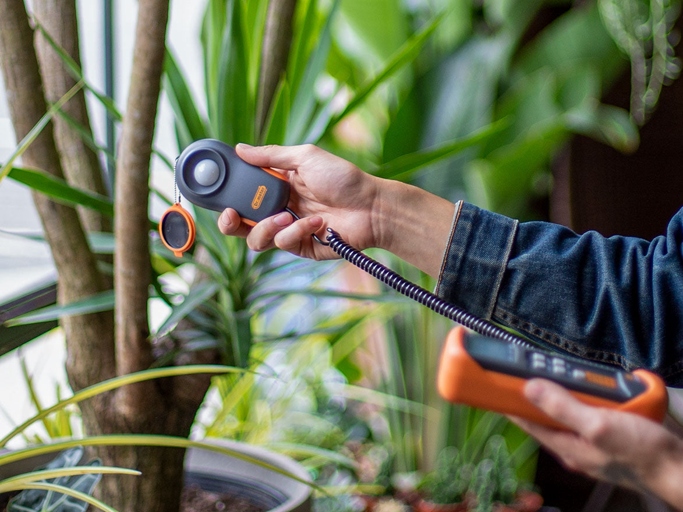
LED grow lights are becoming increasingly popular, as they are more energy efficient than other types of grow lights. They also last longer, which means that you won’t have to replace them as often.
However, they are not as energy efficient, and they don’t last as long. Fluorescent grow lights are another option, and they are often less expensive than LED grow lights.
They are typically only used by professional growers. High-intensity discharge (HID) grow lights are the most powerful type of grow light, but they are also the most expensive.
If you don’t, you may not get the results that you are hoping for. No matter which type of grow light you choose, it is important to make sure that you have the right lighting for your plants.
Lumens
If you want to grow vegetables indoors, you need to make sure you have the right grow light. Lumens is a measure of how much light is emitted from a grow light, and it’s important to choose a light with enough lumens to support plant growth.
The amount of lumens your grow light emits will determine how much light your plants receive. Lumens is a measure of light output, and it’s important to choose a grow light with enough lumens to support plant growth.
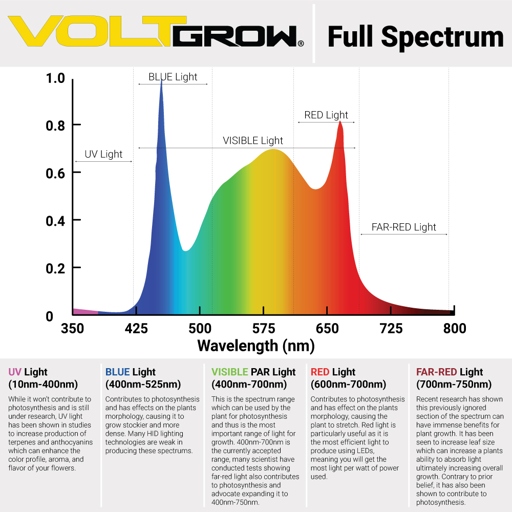
To get an idea of how many lumens your grow light should have, consider the size of your grow space and the type of plants you want to grow. A grow light with a higher lumen output will be more powerful and provide more light for your plants.
Choose a grow light with the right amount of lumens to support healthy plant growth in your indoor garden. When choosing a grow light, make sure to consider the lumens output. A grow light with too few lumens will not provide enough light for your plants, and a grow light with too many lumens will be too powerful and could damage your plants.
Watt
Watt is a unit of power, and is a common way to measure the strength of a grow light. A grow light with a higher wattage will produce more light, and be more effective at growing plants. The higher the wattage, the more powerful the light.
Grow lights are available in a variety of wattages, from low to high. A high-wattage grow light, such as a 1000-watt light, is necessary for large plants or flowers. A low-wattage grow light, such as a 25-watt light, is sufficient for small plants or seedlings.

The type of light, such as LED or fluorescent, and the color of light, such as red or blue, are also important. Different types and colors of light are better for different types of plants. The wattage of a grow light is not the only factor to consider when choosing a light.
When choosing a grow light, it is important to consider the wattage, type, and color of light. A higher wattage light is more powerful and will produce more light. Different types and colors of light are better for different types of plants.
Amount of light in watts
When it comes to the amount of light in watts, there are a few things to keep in mind. Second, the distance of the light from the plants will also affect the amount of light that the plants receive. First, the wattage of the light will determine the intensity of the light.
So, for a 4×4 grow tent, you would need at least 1200 watts of light. But, if you are growing in a smaller space, you can get by with less light. In general, plants need about 30-40 watts of light per square foot of growing space.
So, if you are using a higher wattage light, you can keep it further away from the plants. Keep in mind that the closer the light is to the plants, the more light they will receive. Conversely, if you are using a lower wattage light, you will need to keep it closer to the plants.

LED lights are very efficient and can provide a lot of light with a relatively low wattage. HPS lights are also very efficient, but they produce a lot of heat, so you will need to use a higher wattage light and keep it further away from the plants. Finally, the type of light you are using will also affect the amount of light that the plants receive.
Lumens per square foot:
This is typically measured in lumens per square foot. When it comes to growing vegetables indoors, one of the most important factors to consider is the amount of light that your plants will be receiving.
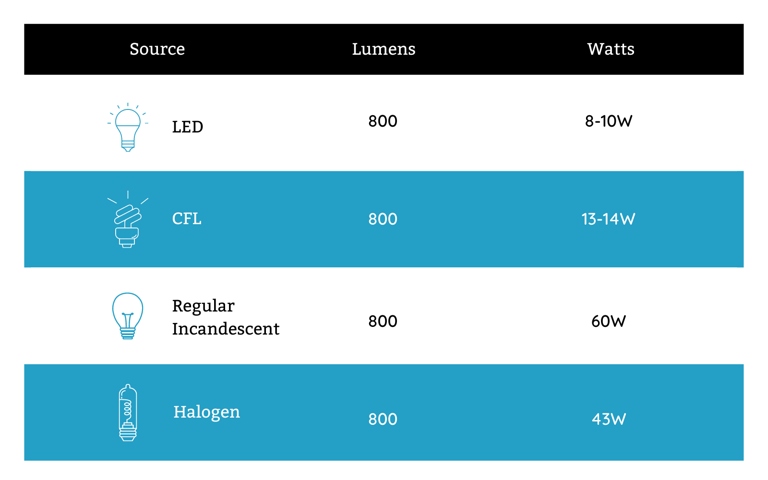
For most vegetables, you will want to aim for at least 30 lumens per square foot. This will ensure that your plants are getting enough light to grow properly.
If you are using grow lights, you will need to make sure that they are providing enough light for your plants. Most grow lights will have an output of around 30 lumens per square foot.
Too much or too little light can both lead to problems with plant growth. Make sure to keep an eye on the amount of light your plants are receiving.
Cost of light
Fluorescent grow lights are less expensive, but they use more energy. The cost of grow lights can vary depending on the type of light you choose and the size of your growing area. LED grow lights are typically the most expensive option, but they are also the most energy-efficient.
But if you are growing a large number of plants, you will need a more powerful and expensive grow light. If you are growing a small number of plants, you can probably get by with a less expensive grow light.
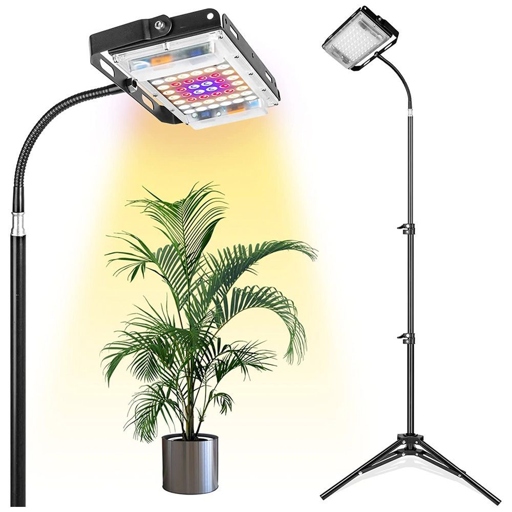
You can also look for used grow lights online or at your local garden center. You can save money on your grow light by shopping around and comparing prices.
Frequently Asked Questions
1.What are the benefits of growing vegetables indoors with grow lights?
2.What type of grow lights should I use?
3.How many grow lights do I need?
4.How close should I place the grow lights to the plants?
5.What is the best way to set up my grow lights?
6.How often should I water my plants?
7.How often should I fertilize my plants?
8.What are some common problems with growing vegetables indoors with grow lights?
9.What are some tips for troubleshooting problems with my plants?
10.Where can I find more information on growing vegetables indoors with grow lights?
1. Growing vegetables indoors with grow lights can provide you with a year-round supply of fresh, nutritious vegetables.
2. High-intensity discharge (HID) grow lights are the best type of grow lights to use for growing vegetables indoors.
3. You will need one grow light for every 2 to 4 square feet of growing space.
4. The grow lights should be placed 4 to 6 inches above the plants.
5. The grow lights should be set up in a way that allows you to adjust the height of the lights as the plants grow.
6. Water the plants when the soil is dry to the touch.
7. Fertilize the plants every two weeks with a water-soluble fertilizer.
8. Common problems with growing vegetables indoors with grow lights include leggy plants, yellow leaves, and stunted growth.
9. If you are having problems with your plants, try adjusting the height of the grow lights, increasing the frequency of watering, or fertilizing more often.
10. For more information on growing vegetables indoors with grow lights, consult a gardening book or website.
Final thoughts
If you want to grow your own vegetables indoors, you can do so with the help of grow lights. By following the tips in this guide, you can set up your own indoor garden and enjoy fresh, healthy produce all year round.
